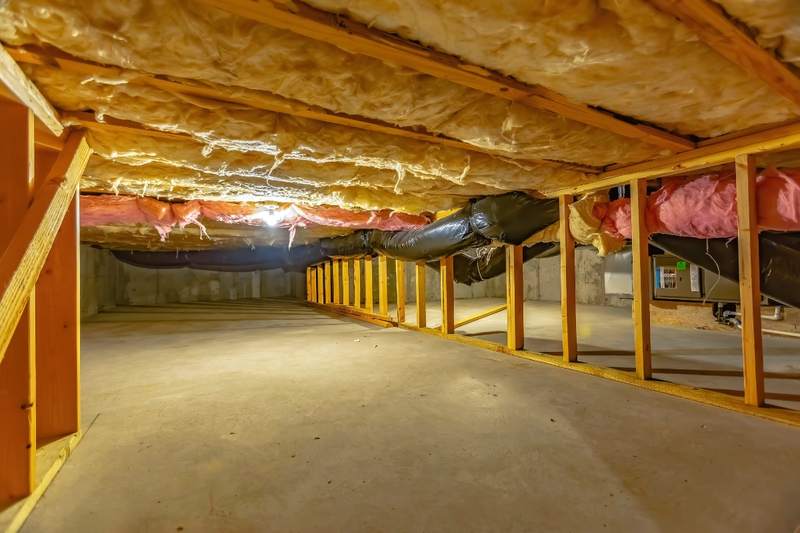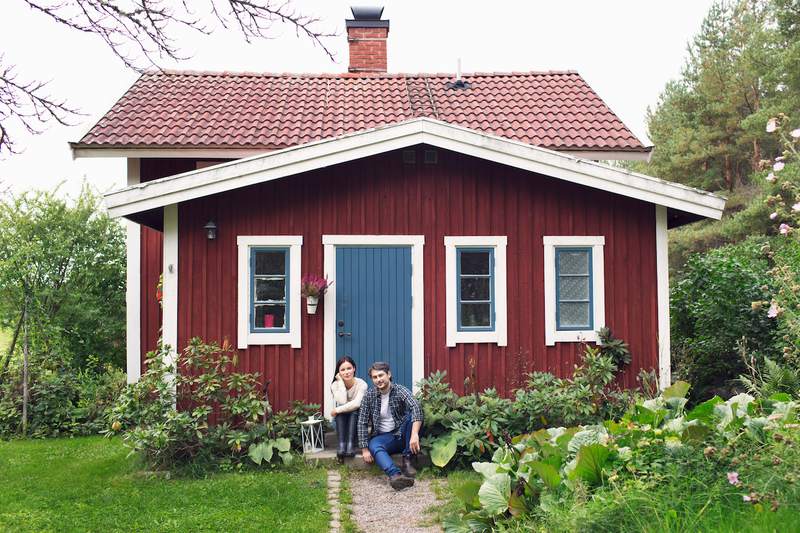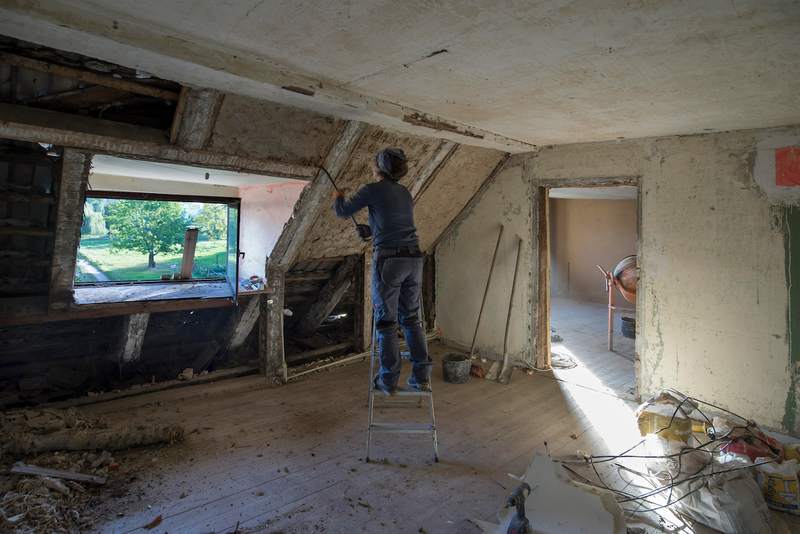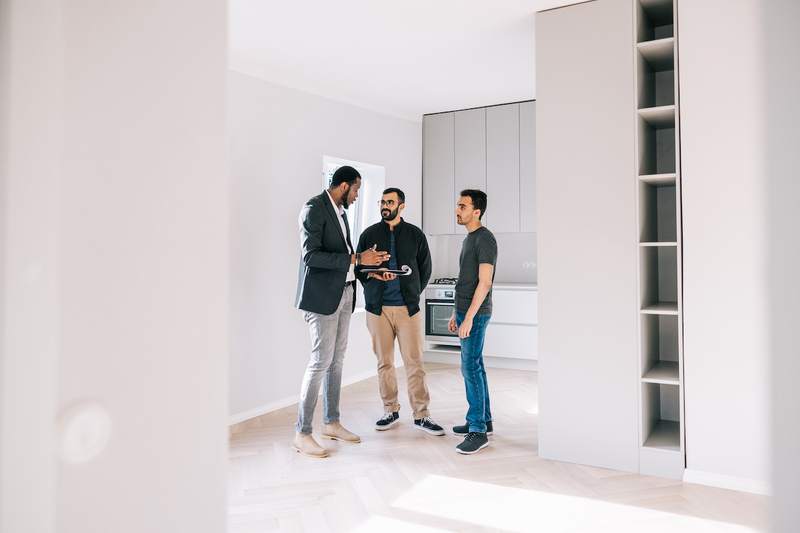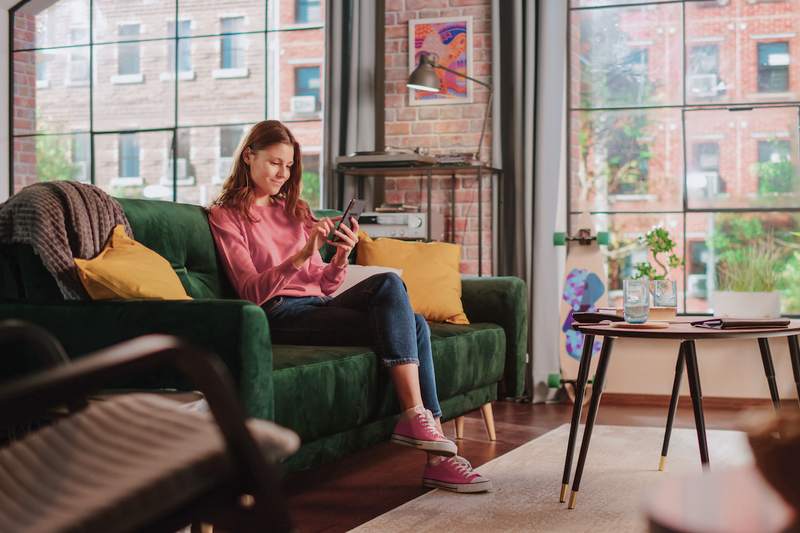
Loft apartments are large, open living spaces often found in commercial or industrial buildings that have been converted to residential use. They typically are found in urban areas, and have high ceilings and large windows that allow for plenty of natural light and ventilation.
Should you buy a loft apartment? Here’s a few things to know before you decide.
Characteristics of Loft Apartments
Loft apartments usually consist of a large open space with minimal partitions, and are often found in urban areas.
“Most lofts feature exposed building elements, minimal interior walls, and adaptive use of space,” says David Tully, a real estate agent based in Reno, Nevada.
Here are some of the common features of a loft apartment to think about if you’re deciding whether to buy a loft or wondering how to buy a loft apartment.
Layout
One of the main benefits of a loft apartment is the freedom to arrange your living space any way you like. You can decide whether to put your bed next to the living room or close to your workspace.
On the other hand, open space is not always conducive to privacy — a key consideration when you live with other people.
Features
Lofts often are located in large buildings that include amenities for residents such as a gym, parking, security, and even retail or dining options. If these amenities aren’t located in your building, the urban location of most lofts typically means you won’t have to go far to find comparable services.
Design and ambience
Since lofts often begin as commercial spaces, they usually have exposed brick walls, large windows, concrete floors, and industrial-style elements that appeal to artists and performers.
Sometimes, though, that means they weren’t designed to be lived in, and may feel cold and impersonal. They also may lack features most people expect in modern homes.
Location
While they’re most often found in cities with older buildings that can be converted to living spaces, loft apartments also can be found in suburban areas and small towns.
History of Loft Apartments
Loft living is historically associated with artists, especially in New York City. In the 1950s, many artists in the city were looking for affordable, bright spaces where they could live and work. They converted the lofts in abandoned or empty industrial buildings to spaces they could both live and work in.
By the 1970s, loft apartments had become popular nationwide — and remain so today. Many developers have replicated the loft apartment style in new construction that retains the original aesthetic while meeting modern standards for convenience and comfort.
Types of Loft Apartments
The loft apartment style has evolved over time to include a few different types. Here are the most common types of loft apartments.
Hard lofts
Hard lofts are industrial buildings or warehouses that have been converted to residential units. They often have open floor plans, lots of space, exposed brick walls, and high ceilings. All this adds to the charm of hard lofts, but this type may be more difficult to maintain due to the age of the buildings.
Soft lofts
Soft lofts are built to evoke the same aesthetic as hard lofts. They typically include high ceilings, open floor plans, and exposed brick and ductwork, but come without the maintenance challenges associated with converting older commercial or industrial buildings. Soft lofts often can be found in buildings that include amenities such as swimming pools, security, parking, and fitness centers.
Live-work lofts
Live-work lofts are built for both commercial and residential use. Typically, that means the ground floor is a business space, with the floors above serving as an attached living space. If you plan to use your loft as a business site, check with local zoning regulations to make sure it’s allowed.
Loft conversions
Homeowners can convert parts of their home into loft-like spaces that often are used as an extra bedroom, a living room, a gym, a workshop, or a studio. Turning your attic into a loft can add value to your home, but you’ll need to check with local zoning codes before converting the space.
FAQ
Here are the answers to common questions about loft apartments.
More From itsHome:
- Should You Buy a Loft Apartment?
- What Is White Boxing in Real Estate?
- What Is a Brownstone?
- ‘Hidden’ Costs of Living In a Brownstone
- What Does ‘Under Contract’ Mean in a Real Estate Listing?
- What Is a Conventional Loan and How Do You Get One?
- Mortgage Checklist: What Do You Need To Apply For a Home Loan?





